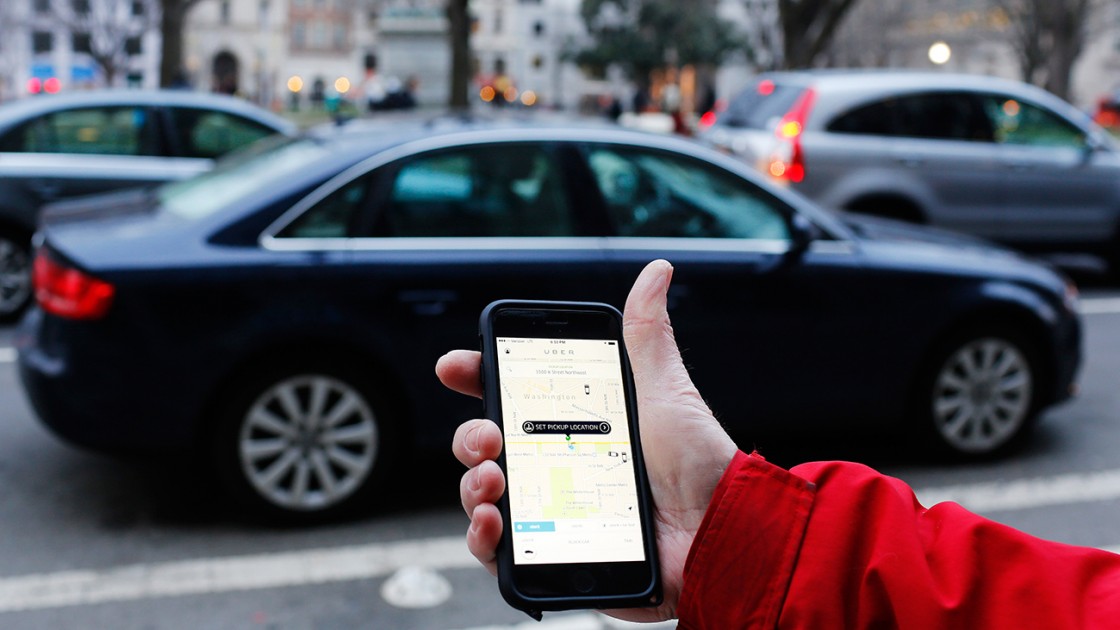Uber Won’t Say Whether Its Public Transit Initiative Is Making Money

Credit to Author: Jordan Pearson| Date: Thu, 10 Aug 2017 19:39:18 +0000
In May, the small Canadian city of Innisfil, Ontario launched a partnership with Uber to provide subsidized city-wide transportation instead of starting a public bus route.
The idea behind the initiative was that subsidizing Uber rides would be cheaper for the city than starting up its own public transit solution. The first round of numbers, released by Innisfil on Wednesday and shared with Motherboard, show that the partnership is delivering when it comes to thrift—at least for the city. Uber is remaining tight-lipped about whether the partnership is financially sustainable for the company.
Read More: It’s Time to Force Uber to Tell the Government How It Works
In Innisfil, Uber charges passengers fixed fares for visiting certain locations like the rec centre or town hall, which range from $3-5. (It should be noted that a municipal bus trip in Canada rarely costs as much as $5.) Riders can also call an Uber to go anywhere in the city and receive a $5 discount on their fare. A taxi company is also participating, and provides wheelchair-accessible rides. According to a memo released on Wednesday, the city spent around $26,500 subsidizing roughly 4,800 rides in May and June. The start-up cost for a single bus line, by comparison, was estimated to be upwards of $200,000.
City staff are “very pleased” with the results, the memo states, and why wouldn’t they be? People are getting around for a song, from the city’s perspective. And folks there are probably grateful for some way, any way, to traverse the city. But financial benefits to the city are only one part of the equation when it comes to evaluating whether Uber can provide public transport.
The other, more important, part is this: Is it sustainable for Uber? If not, then we should consider what Uber is getting out of the partnership.
The city of Innisfil doesn’t know whether or not Uber is making a profit off the deal
I asked an Uber spokesperson over email whether the Innisfil partnership is profitable for the company, revenue-neutral, or operating at a loss. The spokesperson did not answer these questions. They did, however, send a summary of the city’s own memo along with the following statement, attributed to Uber:
“Since we launched this exciting public transit partnership in May, it has been great to see Innisfil residents access affordable, on-demand rides to get around their community and connect with local transit hubs,” the statement read. “We are pleased with the results of the report and to be working with Innisfil for Canada’s first partnership of this kind. We look forward to continued dialogue with other jurisdictions and transit authorities across Canada to explore similar partnerships.”
The spokesperson did not respond to a follow-up email asking for clarification regarding my initial questions about the initiative’s profitability.
Uber is a privately-held company and is under no obligation to publicize its internal financials. But its response should be concerning because if Uber isn’t making money on the Innisfil deal, then the public-private transit system there (and potentially elsewhere) is unsustainable and its “success” may be more of a PR campaign for an embattled company.
The city of Innisfil doesn’t know whether or not Uber is making a profit off the deal, either. Innisfil future planner Madeline Snow told me over the phone that the company simply hasn’t shared any financial information with the city.
“We at the city believe that if this partnership wasn’t financially beneficial for both parties then it wouldn’t be something that we’d take part in,” Snow said. “We see that it must be working for them, because it’s working for us as well.”
But with Uber, appearances can be deceiving.
Generally speaking, Uber is a loser. One of the biggest ever, in fact. The company recently partially disclosed its 2016 financials and while the business was getting bigger, the unavoidable fact is the company is still losing money at an incredible pace. Bloomberg reported that Uber’s net losses in the last half of 2016 were $2.8 billion USD, and that’s not even counting its failed China venture. The company is laying the groundwork to becoming profitable and is burning billions in investor dollars to do it.
Read More: Uber Is Working to End Ridesharing
Basically, Uber is throwing investor money at anything that looks like “the future” in the hopes of finding something it can actually make money on—from public transit alternatives to self-driving cars. Analysts have noted that Uber’s only hope of turning a profit may be to build some sort of monopoly in one or all of these spheres.
So, if not immediate profits, what does the partnership in Innisfil give Uber? For one, it generates a ton of not-completely-negative (if not outright rosy) headlines about a company that’s reeling from a year of bad press, and which is bleeding top executives almost as quickly as it’s spending other people’s money.
When it comes to building the monopoly of tomorrow, hearts and minds may end up being as valuable as cold, hard cash. And that may be the Innisfil partnership’s greatest success, from Uber’s perspective.
Get six of our favorite Motherboard stories every day by signing up for our newsletter.